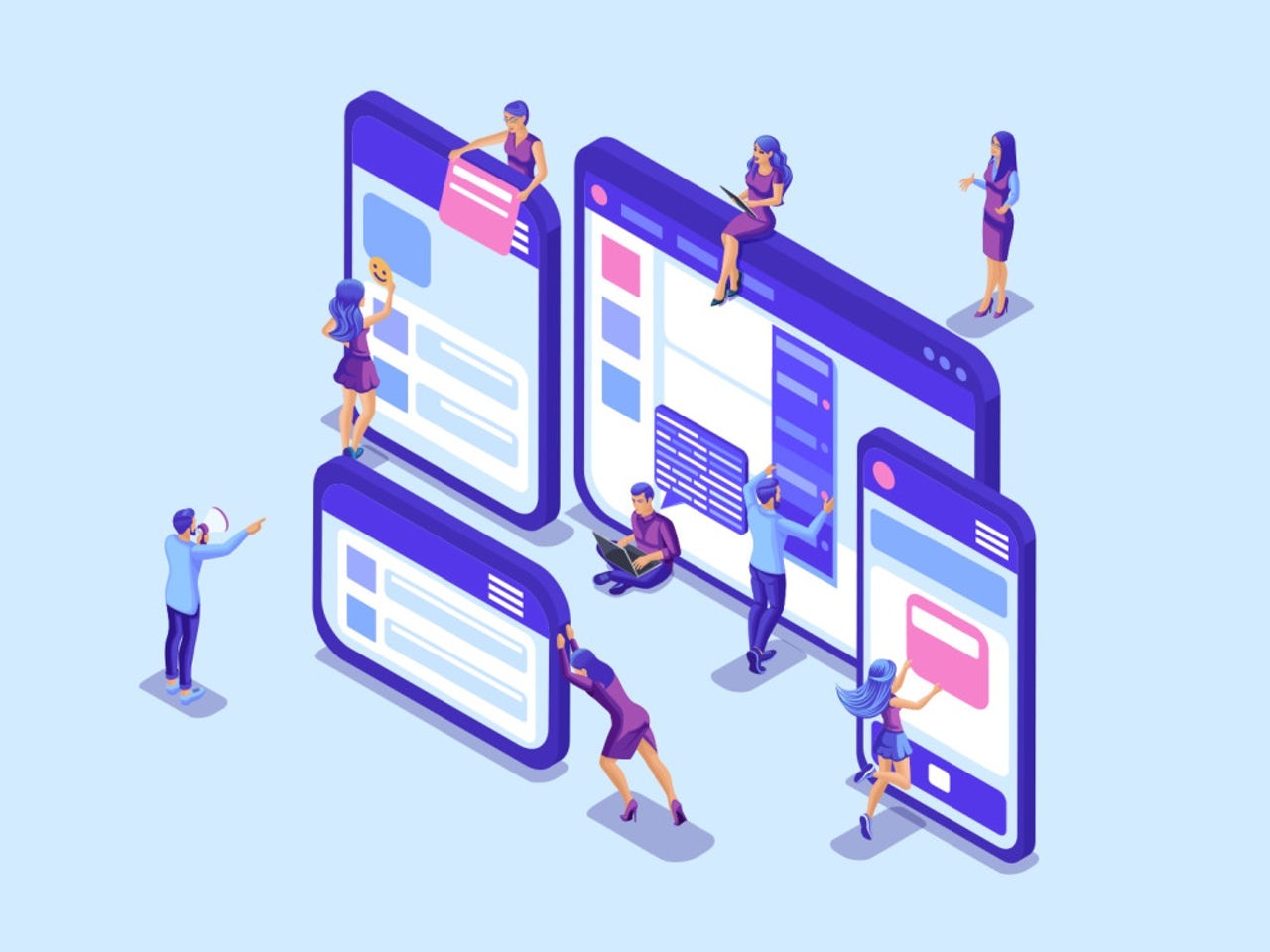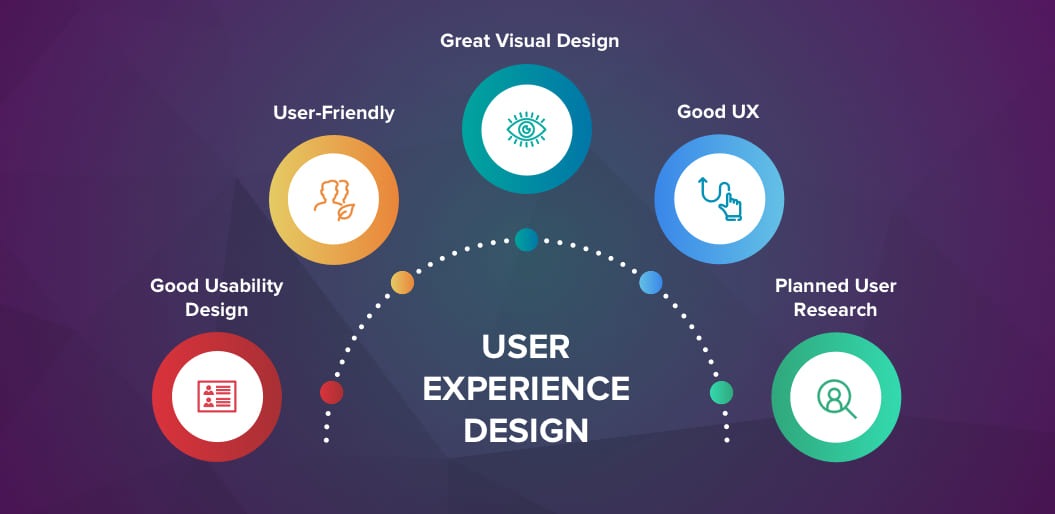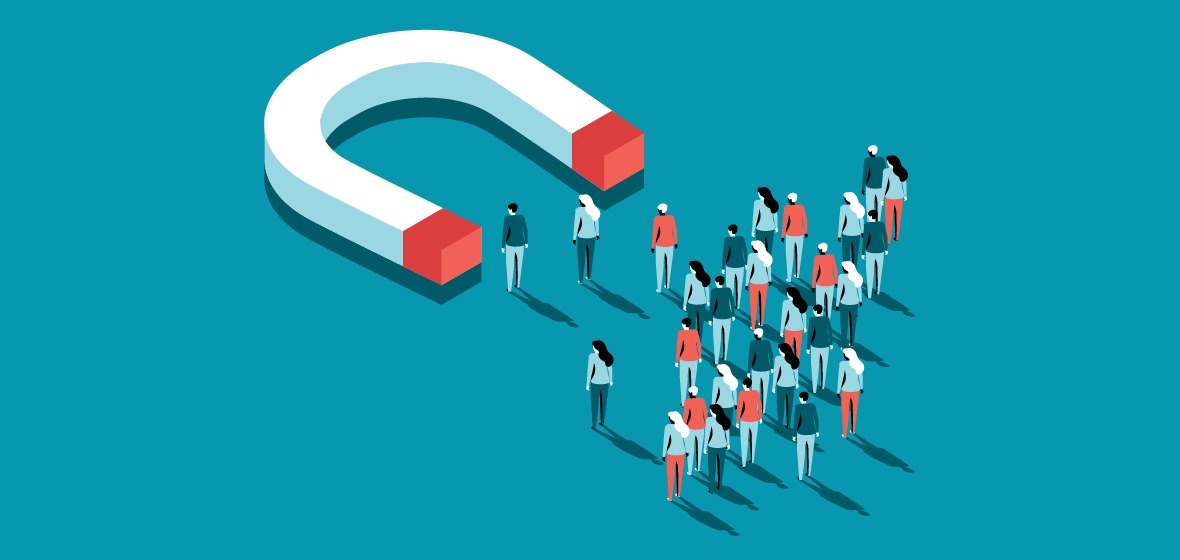Think for a moment about how coronavirus has changed your life. You may have gone from commuting to an office to working at home. Instead of going to the gym, you exercise at home or not at all. You went from socializing in large groups to solely interacting with a small bubble of friends. You have replaced trips to the mall with online purchases. Fancy dinners out have been replaced with whole food delivery.
Individuals who visit your website are experiencing the same changes. As a result, their behaviors and preferences have shifted. This has changed what they expect when they visit your website. What was considered a good user experience at the start of 2020 may now seem out of touch and insufficient. According to the Toptal report, 88 percent of users are more likely not to return to a website after a bad user experience. Some research even showed that a well-designed UX interface could yield conversion rates up to 400 percent.

Now, anyone considering a job as a UX designer will need to value research as well as a proper education. The needs of users are shifting rapidly. Each group of users is unique and has been impacted by the coronavirus pandemic differently. Designers must be cognizant of:
- Behavioral shifts
- Changes in user groups
- Psychological shifts
- Regional effects
- Temporal effects
Let’s look at some of these with the goal of understanding how they are creating the new normal in user experience.
How Behavioral Shifts Changed User Experience
Visitors to your website are not engaged in the same activities that they used to engage in. Or the frequency with which they perform certain activities has increased or diminished. Their motivation has also changed.
For example, your users may desire to use your product but feel afraid of catching the virus or spreading the virus. There are several industries that are affected by this. For example, the travel industry has seen a major downturn. This is true even in countries where people may fly around freely.
The economic consequences of COVID-19 are also changing the buying habits of people. Some people may have felt freer to charge purchases on their credit card because they were relatively confident that they were going to have a consistent paycheck. Now, they may avoid making purchases because they are worried that their future income is not guaranteed.
UX designers need to design with empathy for their customers’ worries, desires, and needs in mind. They need to dig past the superficial to uncover genuine concerns, needs, and behaviors when interacting with a website.
Designers need to think outside of the box and make websites that offer something that users will benefit from and come back to again and again. For example, people might not be booking flights yet. However, a website that also services as an easy portal to see travel restrictions across the world or that offers an up-to-date map of pandemic outbreaks and the ability to book flights might be a service that users come back to and eventually will opt to use for their flights.

Psychological Shifts and User Experience
Most people understand the immediate dangers caused by COVID-19. The psychological toll the pandemic is having has not yet been fully understood or quantified.
However, the pandemic has led to a lot of uncertainty. People want to feel secure. User design, whether it be of websites or of apps, can help generate less anxiety. Even if it’s not their primary function, digital apps can improve a person’s well-being and productivity. They can add a sense of normality to people’s lives, giving them something that they feel they can rely on.
UX designers must focus on building products that people want to use and want to come back to. They should also build products with their user’s mental health, especially considering the pandemic, in mind. Designers have the privilege and responsibility of creating products that society is going to use for the next years to come. They also have the benefit of years of studying user’s behavior.
This means that designers should be mindful of what they create. They should prioritize the impact of their design over its intent. They should consider the psychological makeup of their users and the long-term impact their designs can have.
It might sound like a stretch to say that websites and apps impact a person’s psychological well-being. However, most people have experienced the anxiety and stress that comes from not being able to check social media. They have experienced the elation that comes from getting positive feedback on something they post. Most know what it feels like to be bombarded with negative responses to a comment or post. This underscores the power of the impact of user design on the psyche of society.

Responding to Changes in User Groups
Not everyone has been affected by the COVID-19 pandemic equally. Some groups are higher risk, especially individuals who have certain pre-existing conditions or who are of a certain age group. Some professions are at higher risk, especially those in the medical field. And other groups may feel that they have little to no risk, especially young healthy adults.
The user experience for each one of these groups is going to be different. Each group may respond to the same information differently. For example, a photograph of a hotel being disinfected by an employee in a hazmat suit might cause an older individual or someone with serious concern about COVID-19 to feel at ease and want to stay at the hotel.
Conversely, the same photograph might cause a younger user with little concern about COVID-19 to shy away from the hotel because the image forces them to think about something that is not forefront in their mind. Politics and culture also play a factor. Certain governments have taken COVID-19 seriously, so their citizens have responded in kind. Others have downplayed the risk of the virus, creating a mirrored response in their citizens. Designers will need to take these regional differences into consideration.
Research is key in providing your users the best experience possible. COVID-19 has presented several challenges for businesses in all sectors. It is also providing opportunities for user experience teams to make adjustments to the websites, apps, and products they work on to benefit the lives of their users in ways that were not previously possible.

